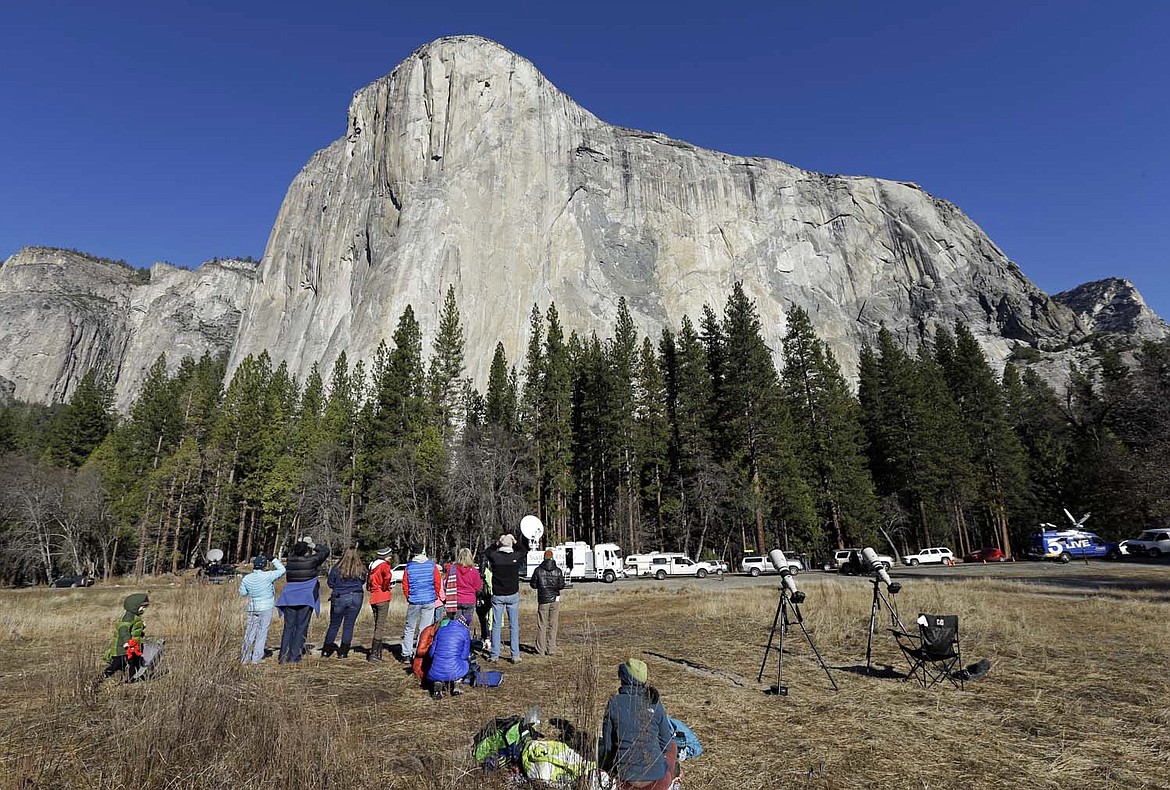Sams’ confirmation is a historic moment
Charles “Chuck” Sams III was confirmed last month as National Park Service director, making him the first Native American to lead the federal agency that oversees more than 131,000 square miles of parks, monuments and battlefields across the U.S.
Sams is Cayuse and Walla Walla, and lives on the Confederated Tribes of the Umatilla Indian Reservation in Oregon. His resume includes experience in state and tribal governments, and 25 years of work in the natural resources and conservation fields.
His confirmation by the Senate is nothing short of significant, given Indigenous peoples’ deep connection to the ancestral landscapes on which many national parks were established, including Glacier and Yellowstone parks in Montana.
The Blackfeet territory once encompassed a huge swath from southern Canada through present-day Glacier all the way to Yellowstone. But by the mid-1850s, the U.S. government had taken much of that territory, and in 1888 the Blackfeet signed a treaty that established the tribe’s current reservation along with land within present-day Glacier Park. Needing food and supplies, the tribe would later cede the land inside Glacier to the federal government for $1.5 million, establishing the reservation’s current footprint of 1.5 million acres along the park’s eastern boundary.
Many other tribal reservations neighbor national parks, as well. The Havasupai Indian Reservation borders Grand Canyon National Park, the Cherokee Indian Reservation lies just south of Smoky Mountain National Park, and the Pipe Spring National Monument sits entirely inside the Kaibab Paiute Indian Reservation in northern Arizona, just to name a few.
During his nomination hearings, Sams said he would ensure the Indigenous history of Park Service lands is broadly reflected, while working to incorporate Native American views into decision-making.
“In Indian Country, we expect an open discussion of the federal government prior to making decisions, not after the fact,” he said, according to a report in Indian Country Today. “If confirmed, I will bring this spirit of consultation to the service as director.”
We join the wide bipartisan support for Sams’ appointment to this leadership role, and believe that his confirmation, alongside that of Interior Secretary Deb Haaland — the first Indigenous cabinet secretary — gives Native Americans a robust and worthy voice in how federal public lands are managed.
Sams and Haaland, however, face many challenges that need to be addressed without delay. Namely, a mounting maintenance backlog at our national parks.
The Great American Outdoors Act approved in 2020 under former President Trump earmarks revenue from energy development to provide up to $1.9 billion a year for five years to address park maintenance needs. It will be up to Sams and Haaland to make sure those dollars are spent expeditiously and wisely as increased park visitation stresses aging and lacking infrastructure.
There are also concerns about staffing shortages and reports of discrimination and harassment of Park Service employees that need attention.
There’s no doubt that Sams will have his hands full, but his reputation as a steady and experienced leader is exactly what the agency needs to navigate the challenges ahead.


